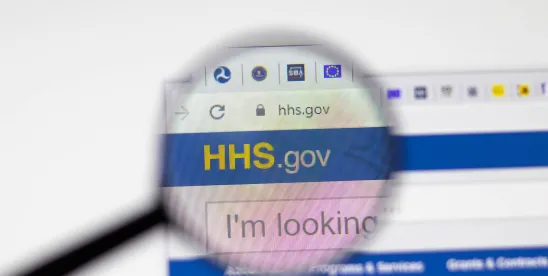On May 29, 2025, the Department of Health and Human Services (“HHS”) rescinded its July 11, 2022 guidance (Ref. QSO-22-22-Hospitals) (the “2022 Guidance”) clarifying how the Emergency Medical Treatment and Labor Act of 1965 (“EMTALA”) should be interpreted in the wake of state policy and legislative responses to the landmark Supreme Court decision, Dobbs v. Jackson Women’s Health Organization (2022), overturning Roe V. Wade (1973) which legalized abortion in the United States.
Under EMTALA, all Medicare participating hospitals and their dedicated emergency departments are required to provide patients, regardless of their ability to pay or insurance status, with an appropriate medical screening, stabilizing treatment, and transfer, if necessary. The 2022 Guidance directed, among other things, that this law applies irrespective of any state laws or mandates that apply to specific procedures (including conditions for which stabilization may require abortion, such as ectopic pregnancy, severe preeclampsia, and complications arising from probable pregnancy loss). The 2022 Guidance further stated that “[a] physician’s professional and legal duty to provide stabilizing medical treatment to a patient who presents to the emergency department and is found to have an emergency medical condition preempts any directly conflicting state law or mandate that might otherwise prohibit such treatment.”
Today, the 2022 Guidance is no longer in effect, however the Centers for Medicare and Medicaid (“CMS”) affirmed in its June 3, 2025 Press Release that it “will continue to enforce EMTALA, which protects all individuals who present to a hospital emergency department seeking examination or treatment, including for identified emergency medical conditions that place the health of a pregnant woman or her unborn child in serious jeopardy.” CMS has been explicit that it is working to “rectify any perceived legal confusion and instability created by the former administration’s actions.” Nevertheless, Medicare participating hospitals and their dedicated emergency departments are left wondering: “what happens now when state law, federal law, and physician ethical duties to their patients are in direct conflict?”




 />i
/>i
